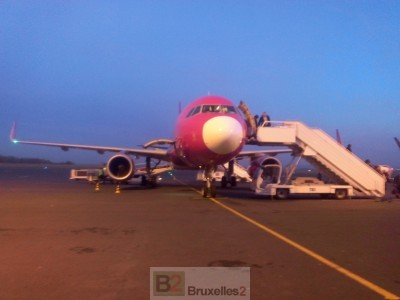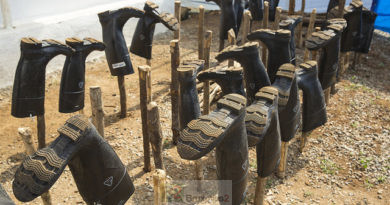EASA draws the first lessons from the crash of the A320: the rule of 4 eyes imposed in the cockpits

(B2) The European Aviation Safety Agency (EASA) on Friday (27 March) recommended that all commercial airlines and national civil aviation authorities review air navigation rules, to address any incident such as that which occurred in the German Wings A320 in the French Alps.
A hot lesson from the accident
The European Agency thus draws a first lesson from the crash: the co-pilot had, in fact, found himself alone in the cockpit and the pilot had not been able to enter the cabin, which was blocked. EASA recommends having two people in the cockpit at all times. It is not a question of imposing the presence of 3 pilots but " to authorize" in the event of the temporary absence of a pilot or co-pilot, " for operational or physiological reason » to bring in a member of the flight crew (example the cabin crew chief - cabin crew, for example). Download the EASA recommendation here
Not mandatory, but almost
This decision partly responds to the concerns of the aviation world, as well as of several companies or national civil authorities which had already taken or intended to take such a measure, but also of public opinion (*). Admittedly, this notice remains a recommendation, taken on a provisional basis. That is to say, it is not compulsory, in the legal sense of the term. But a company that fails to follow this recommendation would expose itself to bad publicity. This makes this notice almost mandatory.
A certain European mess
This rapid reaction by the Agency, on the spot, constitutes a singular denial to the European political authorities who, a few hours earlier, seemed to want to wait. Questioned by the press during the midday briefing, one of the chief spokespersons of the European Commission replied: “ It's time for contemplation, not for decisions ". And you don't have to not speculate on the results of the investigation as possible decisions to be made. A few hours later, they were denied frontally by the EASA - which is all the same an organization created and dependent on " the European Community ».
(NGV)
Read also: Flight crew medical visit: what are the applicable European regulations?
Update: paper completed on 28.3 with commentary elements
(*) Some pilot unions believe that this decision is hasty.

